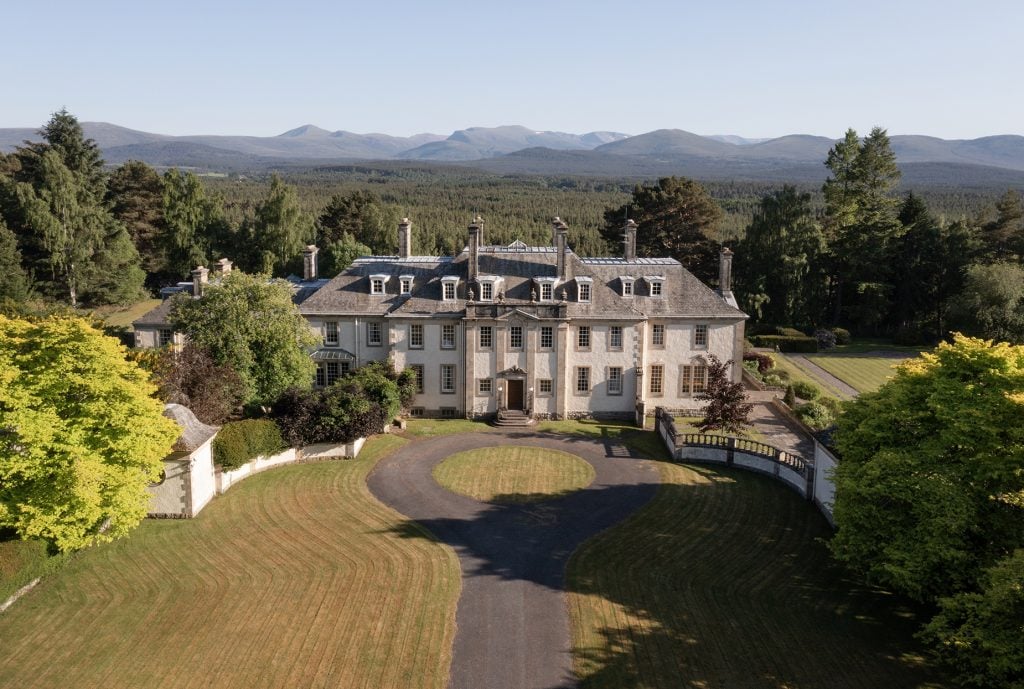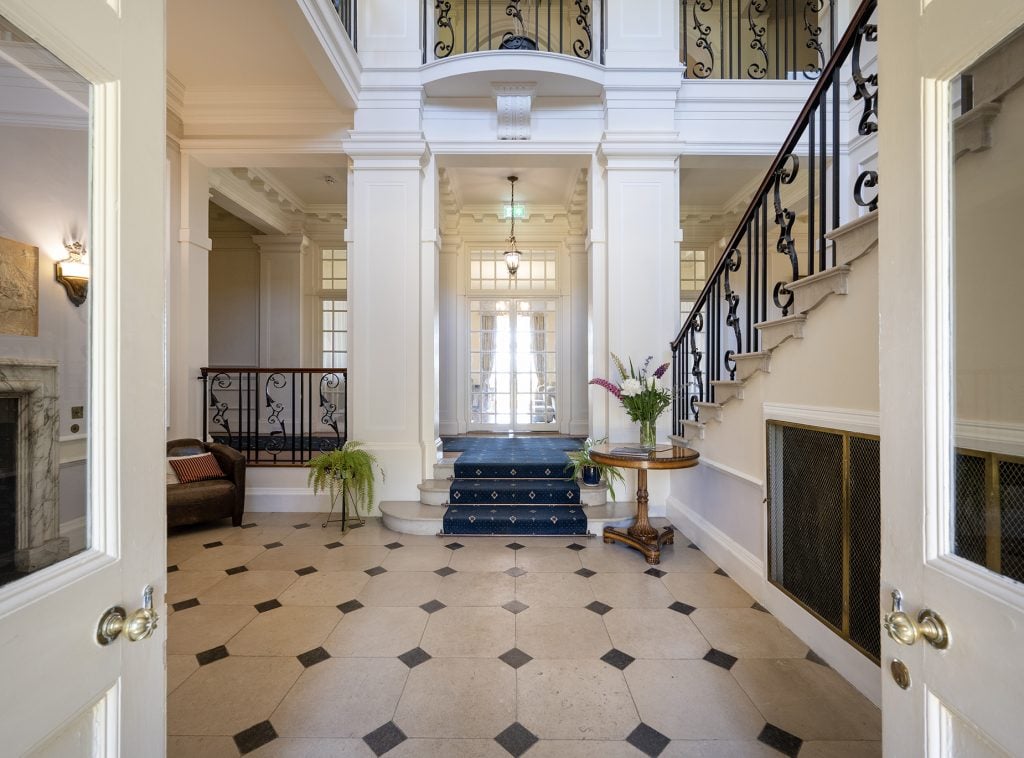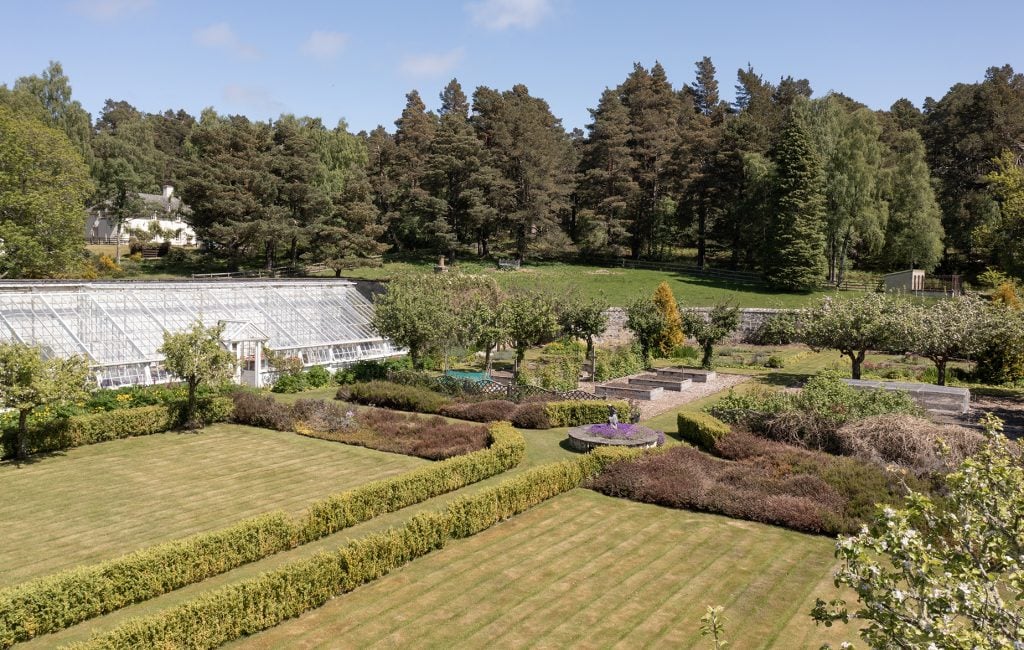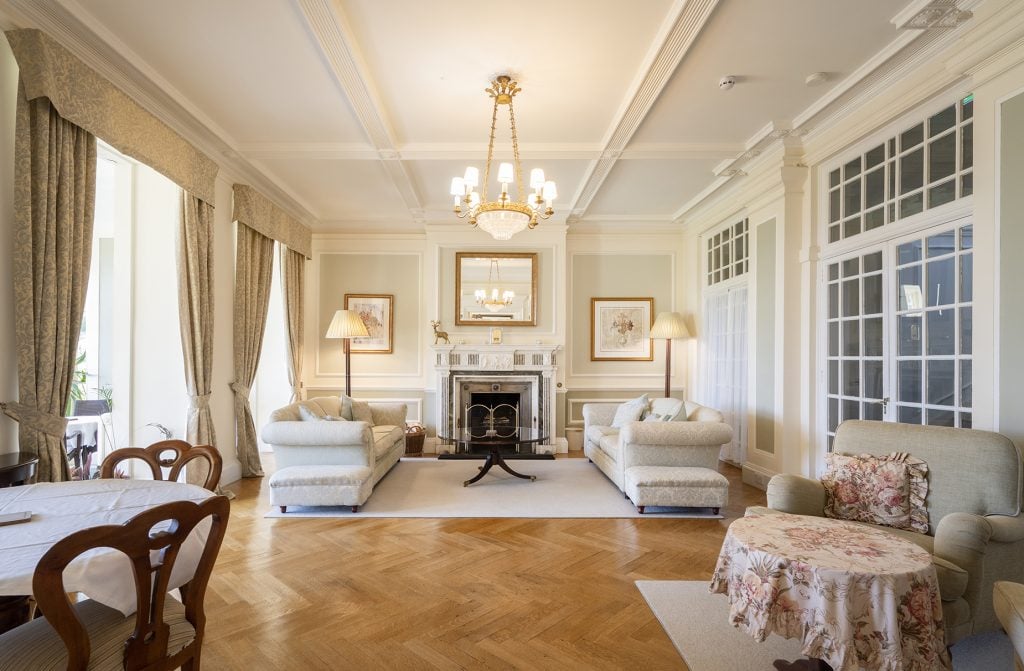Art World
Bob Dylan’s Sprawling Scottish Highlands Mansion, Which Houses a Music Room, Has Come on the Market for $3.9 Million
The singer-songwriter bought the historic property in 2006.

The singer-songwriter bought the historic property in 2006.

Min Chen

Bob Dylan’s stately Scottish Highlands home, a historic estate complete with landscaped grounds which he has owned for more than a decade, has hit the market for £3 million ($3.9 million).
Known as the Aultmore House, the Edwardian Country manor is tucked away in the village of Nethy Bridge in Cairngorm National Park in Scotland. The singer-songwriter purchased the mansion in 2006 with his younger brother, David Zimmerman, for £2.2 million ($2.8 million), but has not visited the home since the onset of the pandemic.
“Up until about pre-Covid times, Bob and his brother would normally go there for a few weeks a year,” Tom Stewart-Moore of Knight Frank, which is handling the sale, told the BBC. “They bought it because it’s stunningly beautiful and most importantly, very, very private.”

The entry hall to Aultmore House, its period details still intact. Photo courtesy of Knight Frank.
Approached from a tree-lined driveway, the 18,357-square-foot space houses 16 bedrooms, all offering garden views, and 11 bathrooms. Its four reception rooms, including a music room, are installed with Adam-style marble fireplaces. While renovations in 2007 modernized the wiring, heating, and water systems throughout the property, the mansion retains a number of period details, including an entry hall that features a limestone staircase with a wrought iron and wooden balustrade.
Surrounding the residence are 25 acres of gardens dotted with statues, fountains, and stone gazebos, as well as three cottages.

The gardens at Aultmore House feature foundations, statues, and stone gazebos. Photo courtesy of Knight Frank.
The Aultmore House was built by Archibald Merrilees, the co-founder of M&M, the first department store in Russia, who commissioned London architect C.H.B. Quennell to design on a site that Merrillees had spotted while out hillwalking. Construction began in 1911 and when the home was completed in 1914, its sprawling grounds encompassed features from a tennis court to a fountain garden to an archery range.
Merrilees only spent one summer at Aultmore; he died in 1915. The property would change hands over the next few decades, housing the families of London financier John Nivison and British spy Charles Hargreaves. It was designated a convalescent hospital for soldiers during World War II and, under Hargreaves’s ownership, served as his wife’s finishing school for young women in the 1960s.

One of the rooms in Aultmore House with an Adam-style marble fireplace. Photo courtesy of Knight Frank.
In the 1990s, Aultmore was purchased by Brian and Irene Taylor, who transformed it into a bed and breakfast, before putting it on sale in 2000. The estate, long recognized for its historic and architectural significance, can also be seen in the BBC drama series Monarch of the Glen, which ran until 2005.
Dylan himself, a Nobel laureate with a career that spans six decades, has ties to Scotland beyond his real estate. The musician has noted the influence of Scottish folklorist Hamish Henderson‘s WWII poem, “The 51st (Highland) Division’s Farewell to Sicily,” on his own “The Times They Are a-Changin’,” as well as that of Robert Burns‘s 1794 poem “A Red, Red Rose.”
Scotland has also woven its way into Dylan’s songbook, namely his 1997 tune “Highlands,” collected in Time Out of Mind. “My heart’s in the Highlands wherever I roam,” he sang. “That’s where I’ll be when I get called home.”